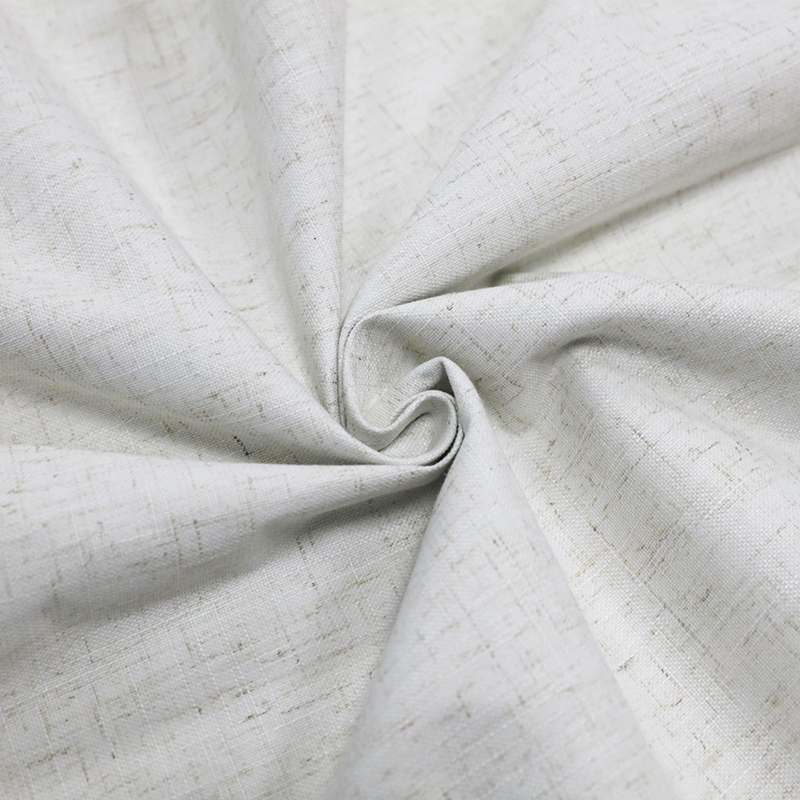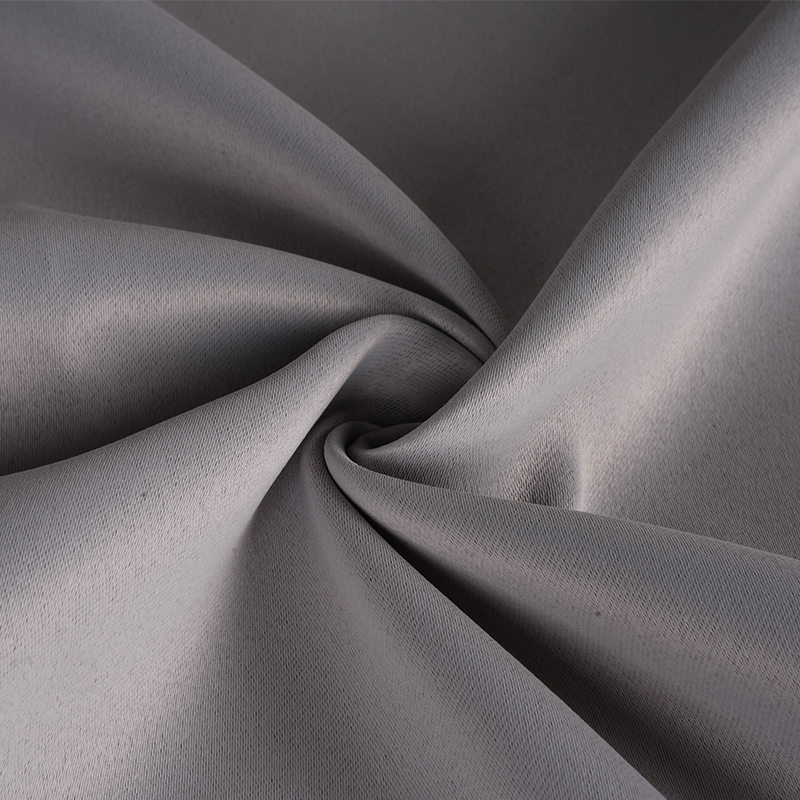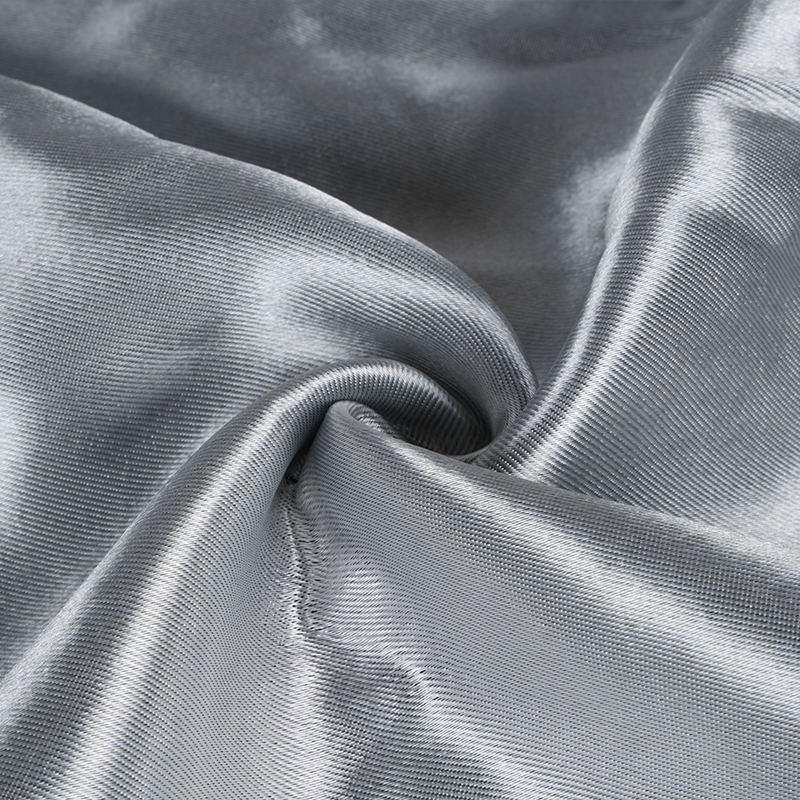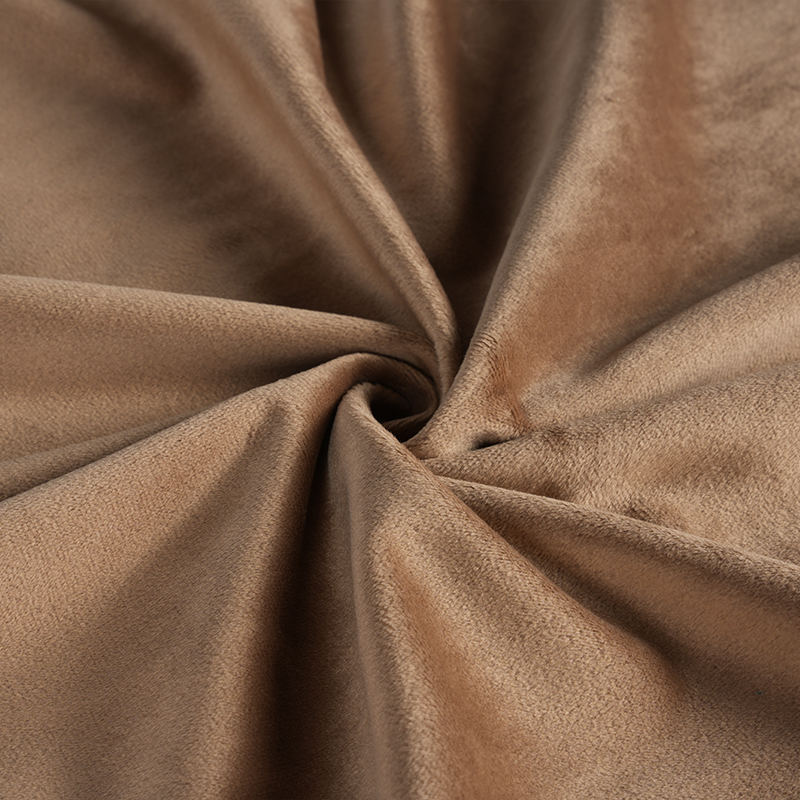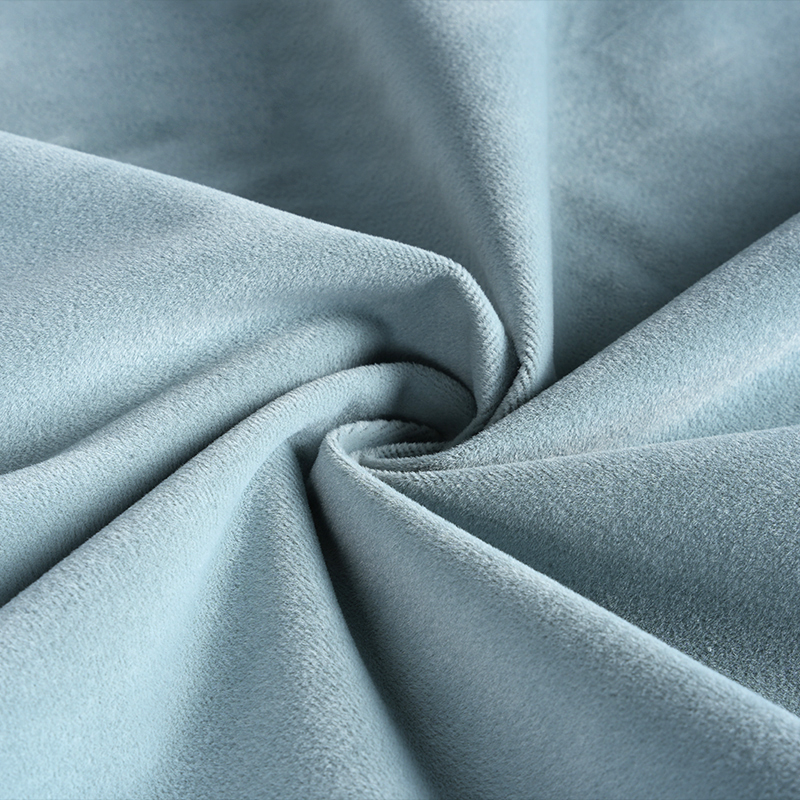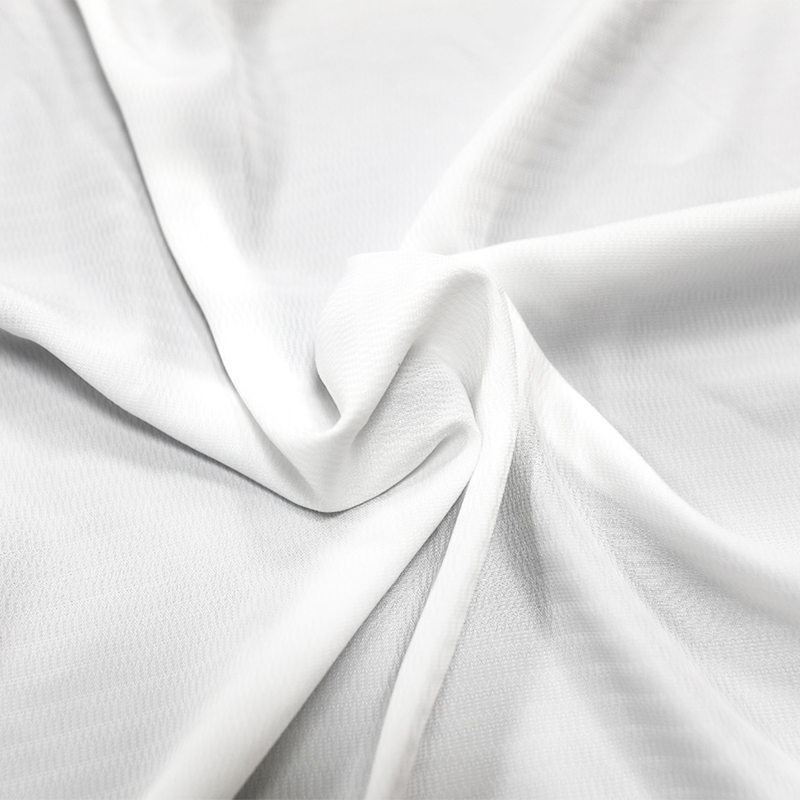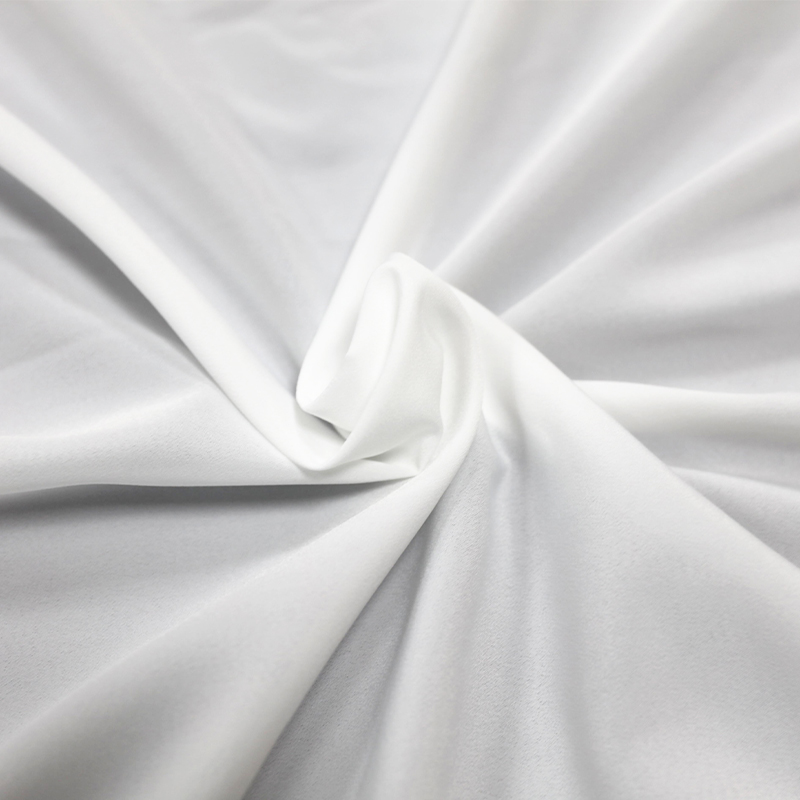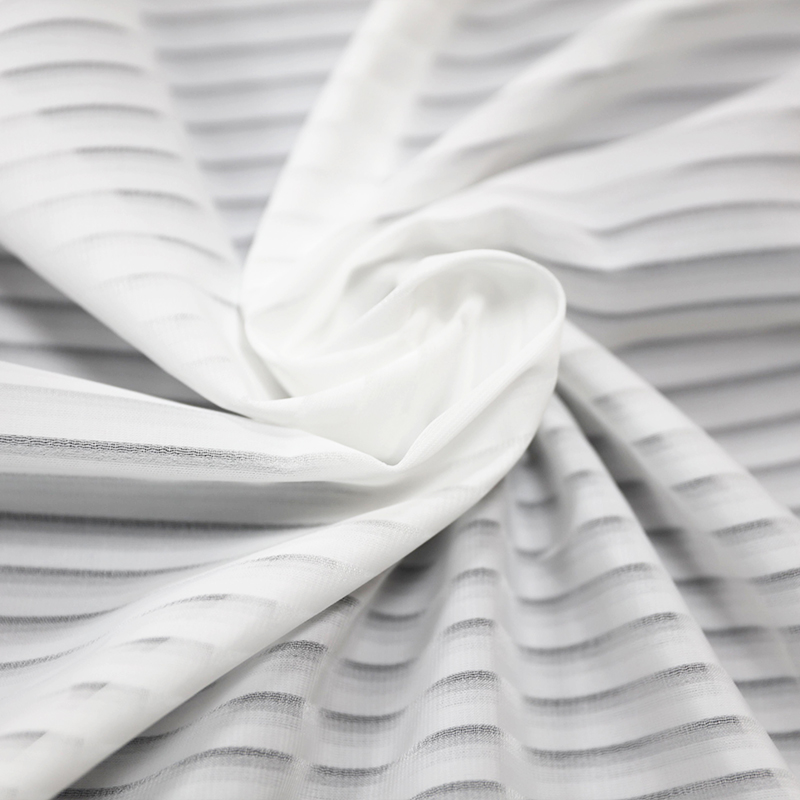-
Phone:+86-13815442820
-
E-mail:[email protected]
-
Address:Room 0415-2, Building 1, Baohui Business Building, Keqiao Street, Keqiao District, Shaoxing City, Zhejiang Province
What is Blackout Curtain Fabric? A comprehensive analysis of the secrets of blackout curtain fabrics
 2025.08.25
2025.08.25
 Industry News
Industry News
1. Definition of Blackout Curtain Fabric
Blackout curtain fabric, literally translated as "blackout curtain fabric," is a type of curtain fabric specifically designed to block external light from entering a room through structural design or surface treatment. The key difference between blackout curtain fabric and ordinary curtain fabric lies in its functionality. While ordinary curtains emphasize decorative effects and a certain degree of light softening, blackout curtain fabric's primary goal is to minimize light penetration, creating a low-light or even completely dark space.
Blackout curtains are widely used in modern homes and commercial spaces, for example:
Bedrooms: Enabling deep sleep, naps, and adapting to shift work schedules.
Home theaters: Preventing light from interfering with the image quality.
Photography studios: Controlling light sources to ensure high-quality filming.
Hotels and conference rooms: Providing guests with a quiet, dimmed environment, enhancing their stay and meeting experience.
Blackout curtain fabric has unique process requirements in terms of material selection, weaving technology, and coating treatment to ensure the target light-blocking rate is achieved.
2. Types of Blackout Curtain Fabric
Depending on the manufacturing process and structure, blackout curtain fabric can be divided into the following three categories, each with its own advantages and applications:
Coated Blackout Fabric
Process Principle: One or more layers of blackout coating (common materials include acrylic and polyurethane) are evenly applied to the back of the fabric.
Blackout Effect: A blackout rate of 90%-100% is achieved, making it a common choice for achieving complete blackout.
Advantages: Extremely strong blackout capability, suitable for completely blocking out sunlight and light.
Applications: Theaters, hotel rooms, photo studios, and office projection rooms.
Yarn-Dyed / Woven Blackout Fabric
Process Principle: During the weaving process, dark or black blackout fibers are blended with regular fibers, resulting in a structurally light-blocking fabric.
Blackout Effect: A blackout rate typically ranges from 70% to 90%.
Advantages: Soft to the touch, breathable, and not prone to coating peeling. Applications: Home bedrooms, living rooms, and study rooms.
Triple Weave Fabric
Technology: Utilizes a three-layer interwoven structure, with the middle layer consisting of high-density blackout fibers and the sides covered in decorative fabric.
Shading Effect: Achieves 85%-99% light blocking while maintaining a pleasant feel and drape.
Advantages: Provides multiple functions, including light blocking, heat insulation, sound insulation, and aesthetics.
Applications: Home bedrooms, luxury hotels, conference rooms, and high-end office buildings.
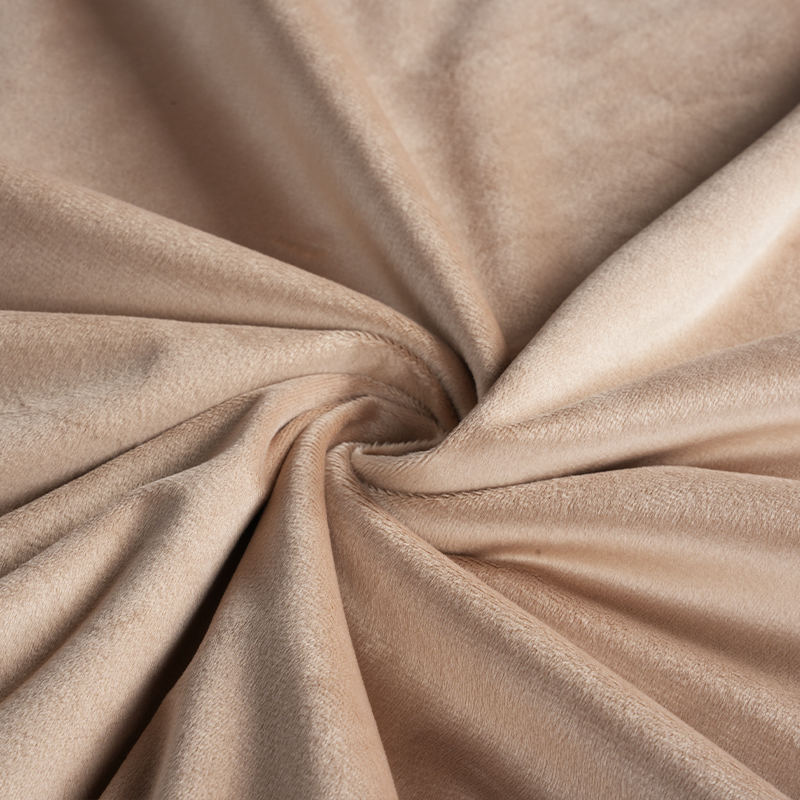
3. Key Benefits of Blackout Curtain Fabric
Improves sleep quality
Research shows that excessive light can suppress melatonin production, disrupting deep sleep. Blackout curtain fabric effectively blocks light both day and night, making it particularly suitable for:
People working night or rotating shifts
Light sleepers
Infants and young children, and the elderly who need a nap
Privacy protection
High-shading fabric not only blocks light but also prevents outsiders from viewing the interior through windows. Suitable for:
Residential buildings in busy neighborhoods
Offices facing the street
Recreation areas requiring privacy
Thermal insulation and energy efficiency
High-density fabrics or coatings reduce heat transfer:
Reducing solar heat gain in summer, reducing air conditioning loads
Blocking heat loss in winter, reducing heating energy consumption
Noise reduction
While blackout curtain fabric is not a professional soundproofing material, its heavy structure can absorb some noise, for example:
Reducing the sound of street traffic
Reducing the noise of neighboring construction or music
4. Key Considerations for Choosing Blackout Curtain Fabric
Shading Rate
A shade rate of ≥80% is recommended for home bedrooms.
100% blackout fabric is recommended for professional spaces (cinemas, studios).
Feel and Drape
The thicker the fabric, the better the drape, creating a more luxurious look. Choose soft, breathable fabrics for home use, or heavyweight fabrics for commercial spaces.
Color and Style
Light-colored fabrics are suitable for bright interiors, but may provide slightly less light blocking.
Dark fabrics offer better light blocking and a more reserved look.
Environmental and Safety
Choose fabrics that meet environmental standards, are low in formaldehyde, and are odor-free.
This is especially important for families with children or those with allergies.
5. Usage and Care Recommendations
Cleaning Method:
Coated blackout curtains are suitable for dry cleaning; avoid machine washing in hot water to prevent the coating from cracking or fading. Blended and three-layer fabrics can be washed at low temperatures, but be careful to avoid prolonged exposure to the sun.
Installation Tips:
Use a curtain track or rod that is 20-30% larger than the window width to ensure that the curtains fully cover both sides of the window when closed, minimizing light leakage.
Moisture and Mildew Resistance:
For long-term use in humid environments, maintain good ventilation to prevent mildew spots that may affect the fabric's lifespan and aesthetics.

 English
English Español
Español عربى
عربى